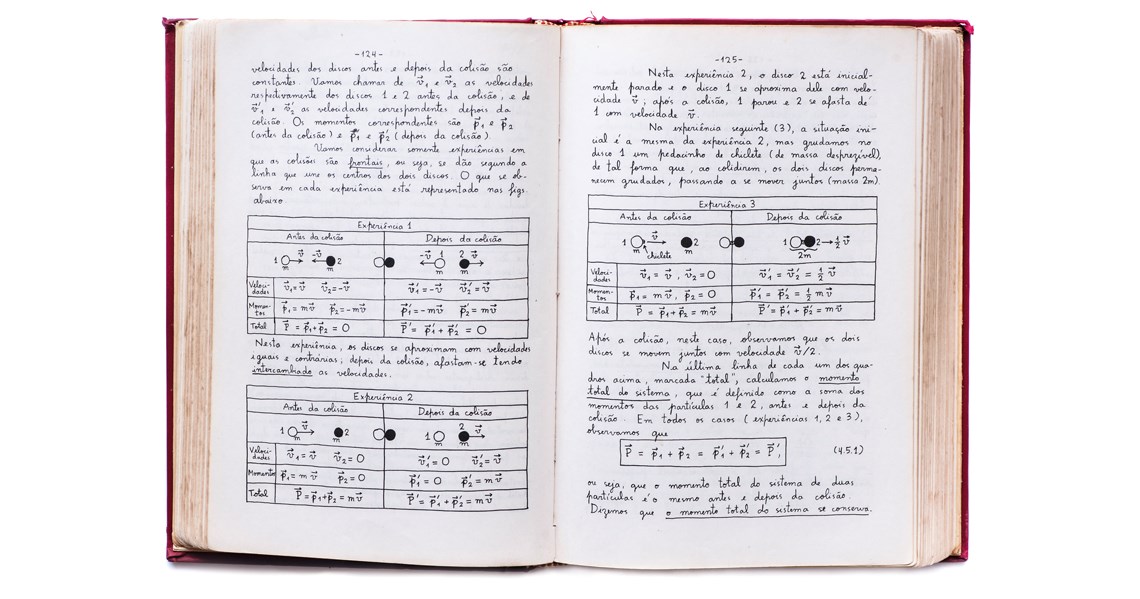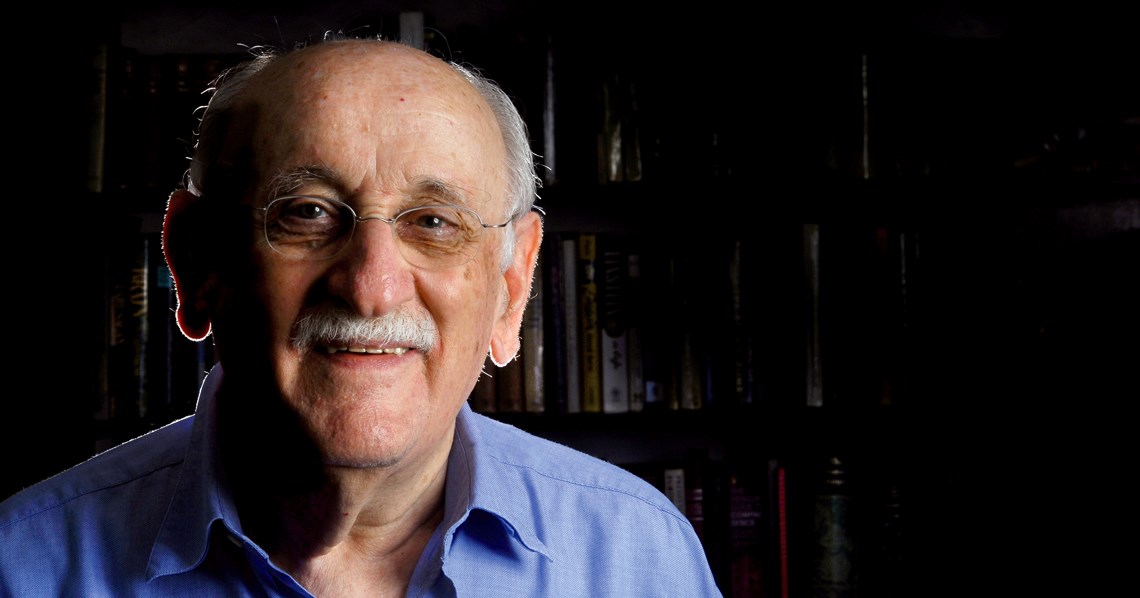In a five-page article published in 1969 in the Science journal, physicist Herch Moysés Nussenzveig denounced, before the international scientific community, the political persecution suffered by researchers in Brazil, in addition to the precarious conditions under which science was conducted in Latin America. The country was experiencing one of the darkest periods of the military dictatorship, and its scientific institutions, many of which were still incipient, suffered from a lack of funding and neglect by government officials, which led some of their best scholars to migrate abroad. At the time a professor at the University of Rochester, in the United States, Nussenzveig welcomed many of those who had to leave Brazil and organized protests that reached then President Artur da Costa e Silva. This was just one of the times the physicist publicly spoke out in defense of science.
Studying the rainbow and the “glory,” two optical phenomena he considered nature’s most beautiful, Nussenzveig was also a researcher passionate about teaching physics: he organized courses, created physics departments and laboratories at Brazilian universities, and handwrote a respected collection of textbooks still used in undergraduate courses today. He was also a member of groups that helped organize the current funding structure for national research. Nussenzveig died on Saturday, November 5th, in Rio de Janeiro, his permanent home since the early 1980s. Professor Moysés, as his pupils called him, was 90 years old and in poor health since a kidney surgery in 2020. He left behind his wife, Micheline, a chemist, whom he married during the 1962 World Cup final, as well as three children—mathematician Helena, biochemist Roberto, and physicist Paulo—and six grandchildren.
“We lost an intense light, a beacon,” wrote physicist Luiz Davidovich, an emeritus professor at the Federal University of Rio de Janeiro (UFRJ) and former president of the Brazilian Academy of Sciences (ABC), in an article published on November 6th on the ABC’s website. After being deemed subversive and expelled from the physics course at the Pontifical Catholic University of Rio de Janeiro (PUC-RJ) in 1969, Davidovich was received in Rochester by Nussenzveig, who mentored him during his doctorate. “A renowned scientist, the author of internationally acclaimed articles and books, a scholar committed to teaching science, a fearless defender of persecuted scientists, and a supporter of science, Moysés will be greatly missed in these challenging times,” added Davidovich in the article.

Léo Ramos Chaves / Revista Pesquisa FAPESPEdition of Curso básico de física (Basic physics course) written in Nussenzveig’s own handwritingLéo Ramos Chaves / Revista Pesquisa FAPESP
Nussenzveig was born in São Paulo on August 23, 1932. He was the third child of parents who arrived in Brazil in 1925, fleeing poverty and anti-Semitism in Poland. He grew up in Bom Retiro, a neighborhood in the central region of São Paulo, and received a public school education. Upon completing high school, he won a literary competition at the French Institute Alliance Française and enrolled in a year of mathematics at Sorbonne University, in Paris.
Influenced by a classmate, physicist Ernst Hamburger (1933–2016), upon his return to Brazil in 1951, he went on to study physics at the University of São Paulo (USP). “I spent a good part of my baccalaureate as an experimental physicist apprentice,” explained Nussenzveig in an interview from years ago (see Pesquisa FAPESP issue no. 173). Near the end of his program, he became interested in theoretical physics and completed his doctorate, at USP, under the mentorship of physicist Guido Beck (1903–1988), born in Reichenberg (now Liberec, in the Czech Republic), and who had collaborated with the creators of quantum mechanics.
Nussenzveig completed postdoctoral internships in the Netherlands, England, and Switzerland. In 1960, upon returning to Brazil, he settled at the Brazilian Center for Research in Physics (CBPF), in Rio de Janeiro. With the country in economic crisis, he followed Beck’s advice and went to the United States. He did a stint at New York University and another at Princeton, before being hired by Rochester. “What was supposed to be a yearlong internship extended to nearly 13 years,” recalls his son Paulo, professor at the University of São Paulo’s Institute of Physics (IFUSP) and dean of research and innovation at the university, in an article published on November 5th in the USP journal (Jornal da USP). In the United States, Nussenzveig denounced the military regime’s persecution of Brazilian researchers and helped professors who had been expelled from office.
At the invitation of physicist José Goldemberg, he returned to USP in 1975, where he created the Mathematical Physics Department within the Institute of Physics. Reluctantly, he directed the institute for four years, before being transferred to PUC-RJ, then to UFRJ, where he created and coordinated the Optical Tweezers Laboratory before retiring. Since his return to Brazil, Nussenzveig participated in important committees, such as the one that structured the Scientific and Technological Development Support Program (PADCT), led by the then Ministry of Science and Technology. He also conceived of the Associated Laboratories Program, which serves as inspiration for the Ministry’s Excellence Centers Program (Pronex), which supported the work of already consolidated groups for longer periods. He founded and coordinated an interdisciplinary program at UFRJ, which hosted lectures for the public, given by experts from Brazil and abroad. He was also dedicated to scientific dissemination.
Republish